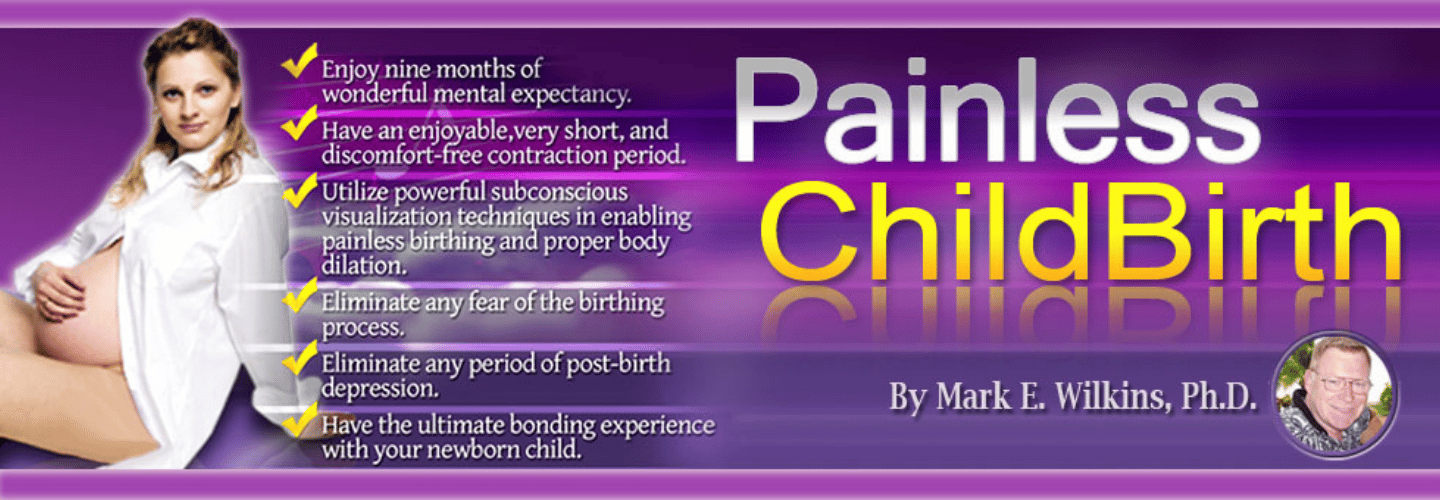
Exploring the world of hypnosis methods for labor pain relief reveals a universe of powerful techniques that can transform the childbirth experience. From visualizing serene landscapes to harnessing the calming rhythm of deep breathing, these five methods hold the key to a more comfortable and empowering labor process. By tapping into the mind's ability to alleviate pain and foster a positive mindset, these techniques offer pregnant individuals a holistic approach to managing discomfort and embracing the journey of childbirth.
Visualization Techniques
Utilizing visualization techniques in hypnosis for labor pain relief offers a powerful method for expectant mothers to create mental images of tranquility and serenity, aiding in distraction from the sensations of childbirth. Guided imagery plays an essential role in this process, allowing women in labor to visualize themselves in a peaceful setting, thereby reducing anxiety and promoting relaxation. By engaging in these visualization exercises, women can enhance their sense of control and comfort during the childbirth experience.
Studies have shown that visualization techniques can positively impact the perception of pain intensity, leading to a more positive overall experience of labor. Through visualization, mothers can transport themselves to a place of calmness and serenity, effectively managing the discomfort associated with childbirth. This method not only helps in coping with pain but also contributes to a sense of well-being during labor. Ultimately, the use of visualization techniques in hypnosis for labor pain relief empowers women to navigate the challenges of childbirth with a greater sense of ease and comfort.
Deep Breathing Methods
Deep breathing techniques in hypnosis for labor pain relief involve a series of controlled breathing exercises aimed at promoting relaxation and reducing stress levels during childbirth. By incorporating deep breathing into pain relief methods, individuals can enhance relaxation techniques and effectively manage stress during labor.
These methods work by increasing oxygen flow, calming the mind, and altering childbirth perception to alleviate pain. Deep breathing triggers the body's relaxation response, helping to ease muscle tension and promote a sense of calmness amidst the intensity of labor.
Regular practice of deep breathing not only aids in pain management but also enhances focus, alleviates anxiety, and strengthens coping mechanisms during childbirth. Considered a fundamental component of hypnosis for pain relief, deep breathing provides a natural and efficient way to navigate the discomfort associated with labor, offering a holistic approach to managing the challenges of childbirth.
Progressive Muscle Relaxation

Inducing a profound state of relaxation and fostering pain relief, Progressive Muscle Relaxation is a well-established technique involving the deliberate contraction and subsequent release of specific muscle groups during labor. This method, commonly used in pregnancy and childbirth, aims to reduce muscle tension, promote relaxation, and enhance pain management skills.
By systematically engaging and relaxing various muscle areas, Progressive Muscle Relaxation helps mothers alleviate discomfort, decrease stress levels, and improve coping mechanisms during the childbirth process. Easily taught and practiced, this technique empowers mothers to maintain a sense of control, reduce anxiety, and effectively manage labor pain.
Guided Imagery Practices
In addition, engaging in guided imagery practices during labor involves harnessing the power of mental imagery to cultivate relaxation and alleviate pain perception. Women using hypnosis techniques incorporating guided imagery have shown promising results in managing acute labor pain. Studies comparing hypnosis groups with control groups receiving epidural analgesia have highlighted the benefits of guided imagery practices.
Research indicates that visualizing tranquil settings or positive birth outcomes can effectively distract from discomfort and enhance the overall birthing experience. Moreover, integrating guided imagery into hypnosis sessions has been linked to lower anxiety levels and improved coping mechanisms for women in labor. These non-invasive techniques offer a valuable addition to pain management strategies during childbirth, promoting a more positive and empowering birthing environment.
Positive Affirmations

Within the domain of hypnosis for labor pain relief, the practice of utilizing positive affirmations emerges as an important tool to cultivate a supportive and empowering mindset during childbirth. Positive affirmations involve using encouraging statements to promote a positive mindset, leading to fear and anxiety reduction, relaxation, and empowerment.
By incorporating personalized affirmations like 'I trust my body's ability to birth my baby' or 'I am strong and capable,' women can enhance their confidence and resilience. These affirmations aim to reframe perceptions of pain, instill calmness, and foster a sense of empowerment during labor.
Creating a mental environment filled with positivity through affirmations tailored to individual needs can play a critical role in managing labor pain effectively. Embracing the practice of positive affirmations can have a significant impact on the birthing experience by helping women stay focused, calm, and empowered throughout the labor process.
Frequently Asked Questions
Can Hypnosis Reduce Pain in Childbirth?
Hypnosis, as a non-pharmacological approach, has shown promising benefits in pain management during childbirth. By tapping into the mind-body connection, hypnosis offers a holistic and natural alternative for pain relief.
Utilizing self-hypnosis techniques, breathing exercises, and visualization methods, it helps in reducing anxiety and fear, enhancing mood, and potentially decreasing the need for analgesic medications or epidurals.
Hypnosis presents a valuable option for women seeking a more serene and empowered childbirth experience.
What Is the Hypnosis Technique of Labor?
The hypnosis technique of labor involves utilizing various relaxation techniques, deep breathing exercises, visualization methods, positive affirmations, and self-hypnosis techniques to manage pain effectively during childbirth.
By fostering a strong mind-body connection and implementing coping strategies, mothers can experience the benefits of hypnobirthing, which offers a holistic approach to pain management and labor support.
This technique aims to enhance the birthing experience through heightened mental receptivity and pain modulation.
What Are the Most Effective Techniques to Reduce Pain During Labor?
During labor, effective pain reduction techniques include utilizing:
- Breathing exercises
- Visualization techniques
- Relaxation methods
- Fostering a strong mind-body connection
Incorporating:
- Massage therapy
- Acupressure points
- Position changes
- Water therapy
- Music therapy
- Creating a supportive environment
These strategies work synergistically to promote relaxation, comfort, and a sense of control during the labor process. Ultimately, they aid in pain relief and facilitate a smoother birthing experience.
How Can I Ease the Pain of Labor Without an Epidural?
To ease the pain of labor without an epidural, incorporating breathing exercises, meditation techniques, acupressure points, water immersion, massage therapy, TENS unit, visualization techniques, supportive touch, aromatherapy benefits, and position changes can provide effective relief.
These methods offer natural ways to manage discomfort during labor, promoting relaxation, reducing anxiety, and enhancing the birthing experience without the need for medical interventions.
Conclusion
To sum up, visualization, deep breathing, muscle relaxation, guided imagery, and positive affirmations are powerful tools for managing labor pain. These methods not only alleviate discomfort but also promote a sense of control, well-being, and empowerment during childbirth.
By incorporating these hypnosis techniques, women can enhance their birthing experience and navigate labor with greater ease and confidence. Harnessing the power of the mind is key to achieving a more positive and manageable labor process.




